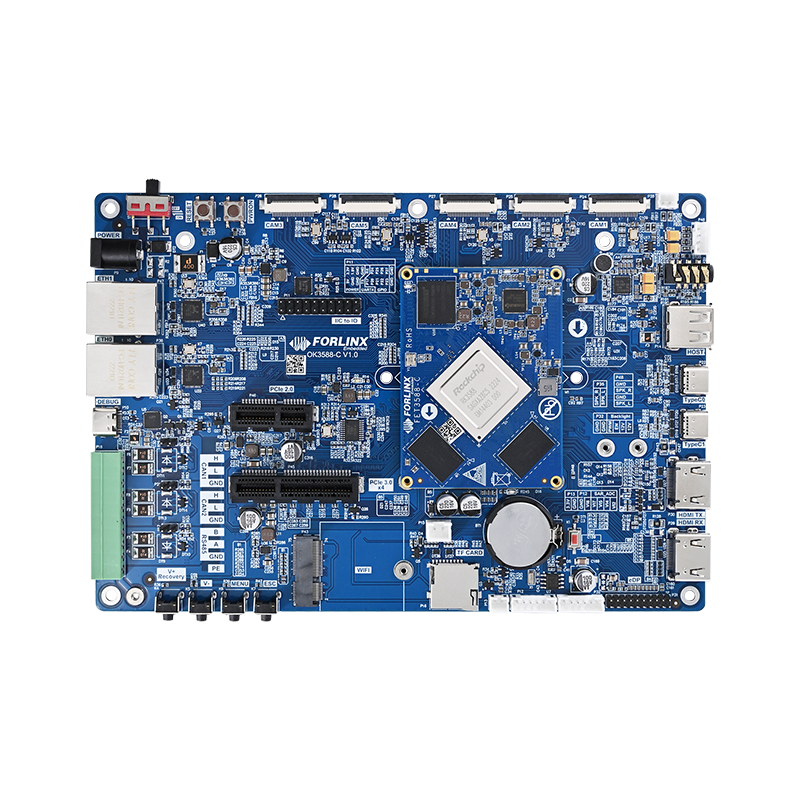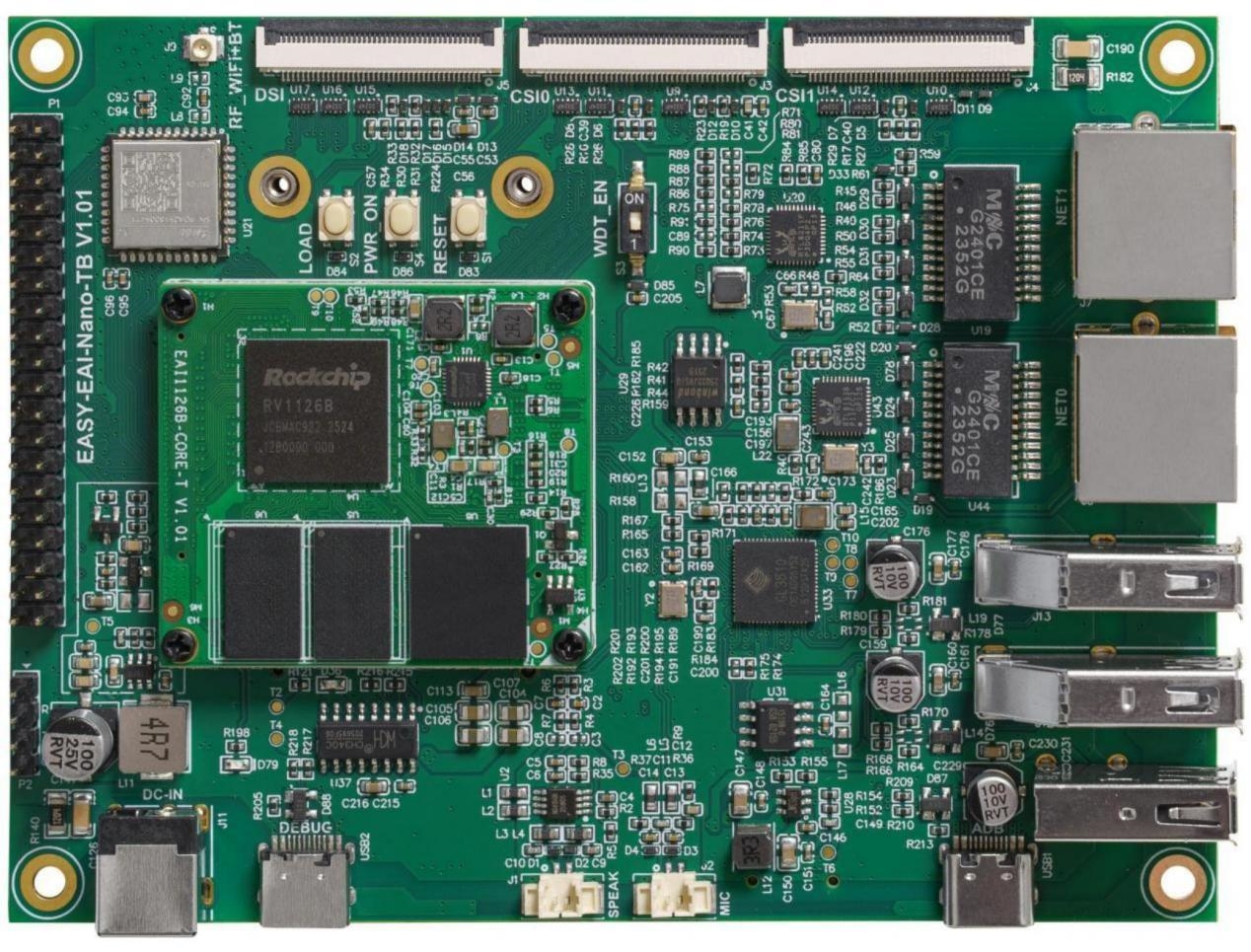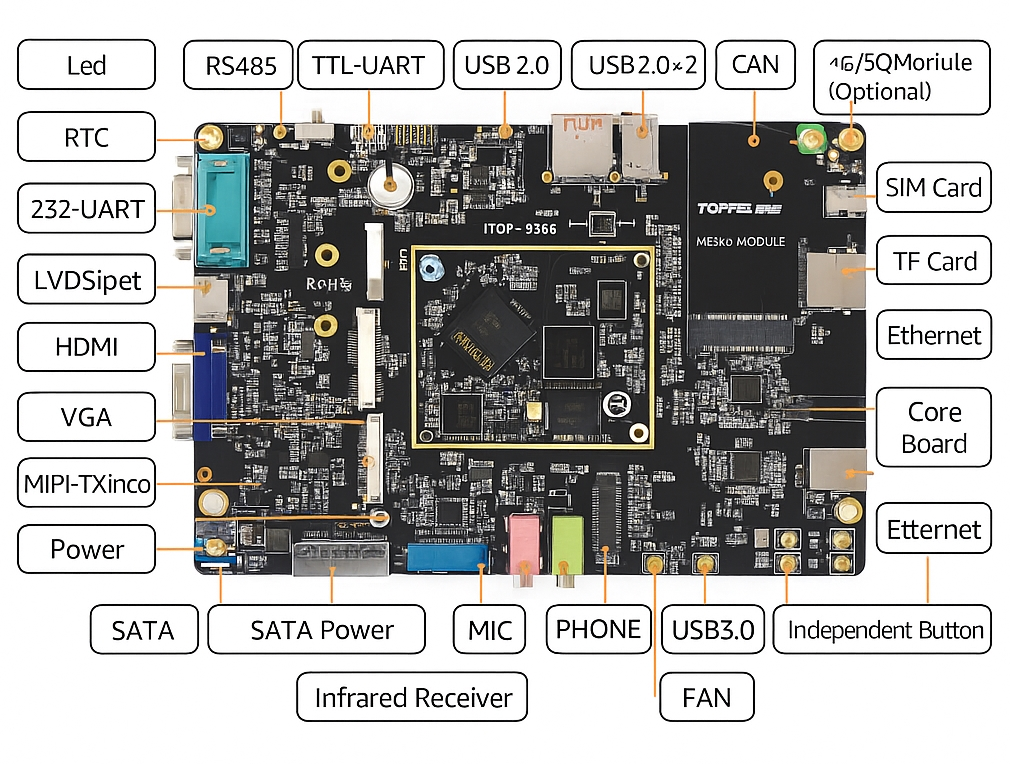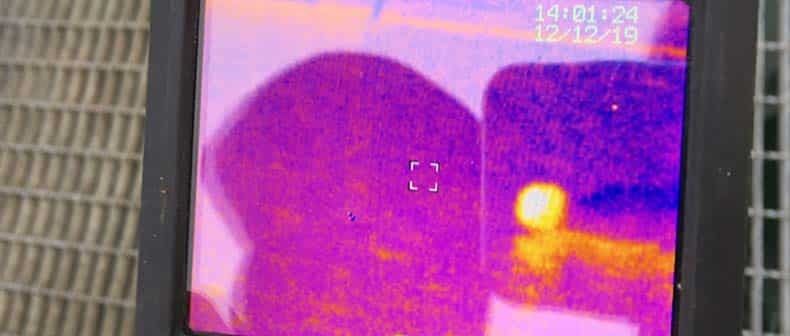Machine learning (ML) enables systems to learn from data and make predictions. This article provides a beginner-friendly overview of ML¡¯s theoretical foundations, using a relatable analogy to clarify key concepts.
Illustrative Example: Wine Classification
Imagine a game in a bar where you must identify whether a glass of wine is Cabernet Sauvignon or Pinot Noir based on features like alcohol content and color depth. Without tasting, you analyze data from ten known samples (five of each type) and build a model to classify a new glass. This mirrors ML: using known data to predict unknown outcomes.
Types of Machine Learning
Supervised Learning
Supervised learning models the relationship between features (e.g., alcohol content) and labels (e.g., wine type). Once trained, the model predicts labels for new data. It includes:
- Classification: Predicting discrete labels (e.g., Cabernet vs. Pinot).
- Regression: Predicting continuous values (e.g., wine alcohol percentage).
Unsupervised Learning
Unsupervised learning analyzes unlabeled data to uncover patterns, akin to letting data ¡°describe itself.¡± It includes:
- Clustering: Grouping similar data (e.g., grouping wines by similar features).
- Dimensionality Reduction: Simplifying data representation while retaining key characteristics.
Semi-Supervised Learning
Semi-supervised learning combines labeled and unlabeled data, useful when labeled data is scarce, often applied in deep learning scenarios.
Reinforcement Learning
Reinforcement learning involves learning through trial-and-error, interacting with an environment to maximize rewards. The system adapts actions based on feedback, commonly used in robotics and gaming.
Key Concepts: Input/Output and Feature Spaces
In the wine example, each glass is a sample, and the ten glasses form a dataset. Features like alcohol content and color depth define a feature space. The input space comprises all samples fed into the model, while the output space includes predicted values (e.g., wine type). In supervised learning:
- Regression: Outputs are continuous (e.g., predicting alcohol content).
- Classification: Outputs are discrete (e.g., predicting wine type).
Overfitting and Underfitting
Model selection is critical when choosing from models of varying complexity. The goal is to select a model that captures general patterns applicable to new data, approximating the ¡°true¡± model.
Overfitting
Overfitting occurs when a model learns training data too well, including noise or specific quirks, leading to poor performance on new data. For example, a student who memorizes practice questions but fails new ones. This results in high training accuracy (e.g., 0.95) but lower test accuracy (e.g., 0.91) due to excessive model complexity.
Underfitting
Underfitting happens when a model fails to learn general patterns, performing poorly on both training and test data. For example, a student who studies but cannot grasp concepts. Both training and test accuracies are low (e.g., 0.90 and 0.88), indicating insufficient model complexity.
Balancing Fit
A well-fitted model (e.g., third-order polynomial) balances training and test accuracy, achieving high performance without overfitting. Low-order models (e.g., first-order polynomial) underfit, while high-order models (e.g., tenth-order polynomial) overfit by capturing noise, reducing generalization.
Conclusion
Machine learning encompasses supervised, unsupervised, semi-supervised, and reinforcement learning, each suited to different tasks. Understanding input/output spaces, feature spaces, and the risks of overfitting and underfitting is crucial for effective model selection. By balancing model complexity, engineers can develop robust ML systems that generalize well to new data, as illustrated by the wine classification analogy.
 ALLPCB
ALLPCB







